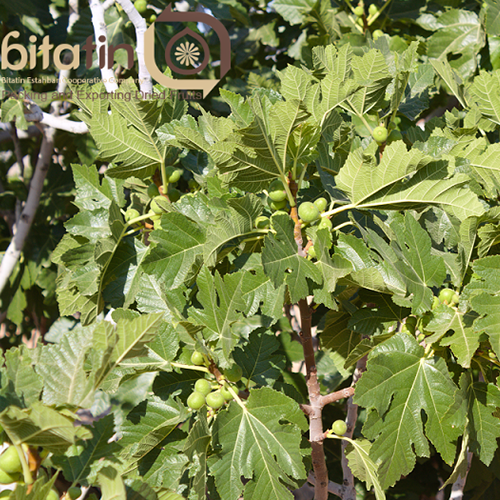

In order to grow into mature figs, the pistillate fig flowers need to be pollinated in a way that the pollen from the male figs is transferred to the female figs.
In nature this pollination process is done by the female type of fig wasps called Blastophaga (2-3 mm in size). In this bewildering process as is called Caprification process fertilized female wasps lay their eggs inside the female figs and facilitate pollen transfer.
First, Male fig wasps enter pistillate flowers of the non-edible fig (Caprifig) fruits and fertilize female wasps already there in the flowers. When the fertilized female wasps struggle to get out of the male figs, they pick up small quantities of pollen on their bodies.
Later they search for another fig to rest inside and lay eggs. Farmers take advantage of this process and hang some small metal tins that contain non-edible male figs inside the branches of the edible fig trees (Smyrna type). These male figs potentially hold a few fertilized female wasps inside which will fly out and enter the female figs to lay eggs, this way they transfer the pollen on their bodies from the male fig on to the flowers. Here caprification takes place and the fruit set is ensured.
Pollinated figs are of excellent quality, while non-pollinated ones will drop without maturing. However, we must be careful because too many male figs in the trees can cause spoilage.